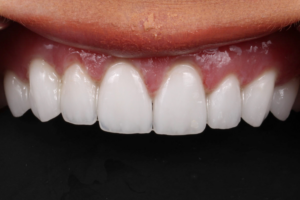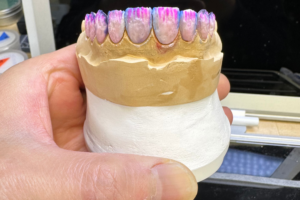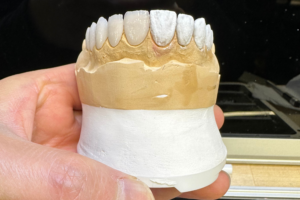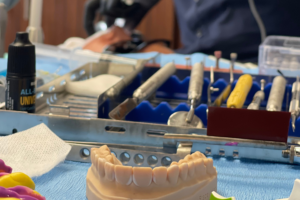 Robaxin Vs Other Muscle Relaxants: Which Wins?
Robaxin Vs Other Muscle Relaxants: Which Wins?
How Robaxin Works Versus Common Alternatives 🔬
Picture waking with a cramp that refuses to quit; methocarbamol calms the nervous system rather than paralyzing muscle fibers, dampening polysynaptic spinal reflexes so movement becomes less painful. Teh effect is systemic and centrally mediated, which means it treats the symptom without targeting contractile machinery directly.
Compare that to cyclobenzaprine, which acts at the brainstem with tricyclic-like properties, baclofen’s GABA-B agonism that reduces motor neuron excitability, tizanidine’s alpha-2 adrenergic modulation, and benzodiazepines that potentiate GABA-A. Each mechanism brings different strengths for spasm reduction and side effect profiles.
Clinically, Robaxin is often less sedating than benzodiazepines but still causes dizziness and slow recovery.
Choice depends on cause, comorbidities, interactions, and patient preference—so clinicians individualize therapy carefully
Effectiveness and Symptom Relief Compared Across Drugs ⚖️

In practice, patients often report that robaxin eases the raw cramping ache of acute muscle spasms faster than some sedating agents, but individual responses vary. Clinicians weigh muscle tone reduction against functional improvement—does the person move better, sleep more, or need fewer pain pills?
Comparative trials show modest differences: drugs like cyclobenzaprine may improve subjective pain and sleep via central sedation, while baclofen targets spasticity from neural causes. Choice depends on mechanism, side effects, and the specific injury.
Teh narrative of recovery blends science and patient story; some prefer a less sedating option to preserve cognition, others accept drowsiness for stronger immediate relief. Shared decision-making helps match expectations with realistic gains and long-term daily function.
Side Effect Profiles and Safety Considerations ⚠️
Comparing safety, robaxin tends to cause milder sedation and fewer anticholinergic effects than drugs like cyclobenzaprine, but dizziness, nausea and headache are common and can affect daily function.
More serious reactions such as liver enzyme elevations or rare allergic responses are uncommon, though carisoprodol has abuse potential and some agents produce pronounced drowsiness; Occassionally monitoring is prudent.
In older adults and those with hepatic or renal impairment, dose reduction or alternate therapy is advised since accumulation increases risk; pregnancy and lactation also demand caution and specialist input.
Clinicians should start low, counsel about driving risks and interaction with CNS depressants, and reassess frequently so therapeutic benefit outweighs harms — patient education is key for patients.
Dosing, Onset, and Duration Differences in Clinical Practice ⏱️

Clinicians often compare robaxin's dosing simplicity with other agents. Methocarbamol is usually started at 1500 mg four times daily then tapered; alternatives like cyclobenzaprine or baclofen use different schedules, and clinicians tailor doses to pain severity and comorbidities.
Onset varies: robaxin can produce relief within thirty to sixty minutes, while tizanidine or benzodiazepines may act faster but wear off sooner. Duration differs too — baclofen’s effects may require multiple daily dosing for maintenance, whereas some agents offer longer sustained coverage.
Practical decisions weigh convenience, side effects, and patient routines; a once-daily or twice-daily regimen often boosts adherence. Shared decision-making and monitoring let prescribers Acommodate individual response and carefully adjust timing untill optimal control is achieved.
Drug Interactions, Contraindications, and Special Populations 🚫
When prescribing muscle relaxants like robaxin, clinicians weigh interacting medications and patient vulnerabilities. Many relaxants potentiate sedation when combined with benzodiazepines, opioids, or alcohol, increasing fall risk; some alter liver enzymes and can affect doses of statins or warfarin. Contraindications—severe hepatic impairment, myasthenia gravis, and certain cardiac or respiratory diseases—shape choices, so a concise medication review occassionally prevents harm.
Special populations demand nuance: older adults have reduced clearance and heightened orthostatic and cognitive effects, pediatrics often lack robust safety data, and pregnancy or lactation requires agent-specific risk assessment. Renal or hepatic dysfunction may necessitate dose reductions or alternative therapy. Shared decision-making, careful monitoring for additive CNS depression, and counselling to avoid alcohol, driving, or heavy machinery help minimize adverse outcomes and respect patient priorities. Follow-up labs and functional assessments guide safe continuation or discontinuation, tailoring care to goals and preferences.
Cost, Accessibility, and Patient Preference Considerations 💸
For many patients the decision boils down to money and access. Robaxin is available as a generic (methocarbamol), which often definately lowers copays compared with brand-name cyclobenzaprine or carisoprodol; yet formulary restrictions and prior authorization can still drive choices and delays in treatment.
Patients also weigh side effects, dosing convenience, and perceived benefits. A less sedating profile or simpler twice-daily dosing can make one drug preferable over another, even if cost differences are small. Telemedicine, local pharmacy stock, and coupons alter real-world accessibility and can change what patients will actually try.
Clinicians should discuss out-of-pocket costs and patient priorities; shared decision making reduces waste and improves adherence. Patient anecdotes often trump list prices — so counselling on affordability is as important as pharmacology. NCBI StatPearls review of methocarbamol use and safety data MedlinePlus drug information page for methocarbamol (Robaxin) patient resources












